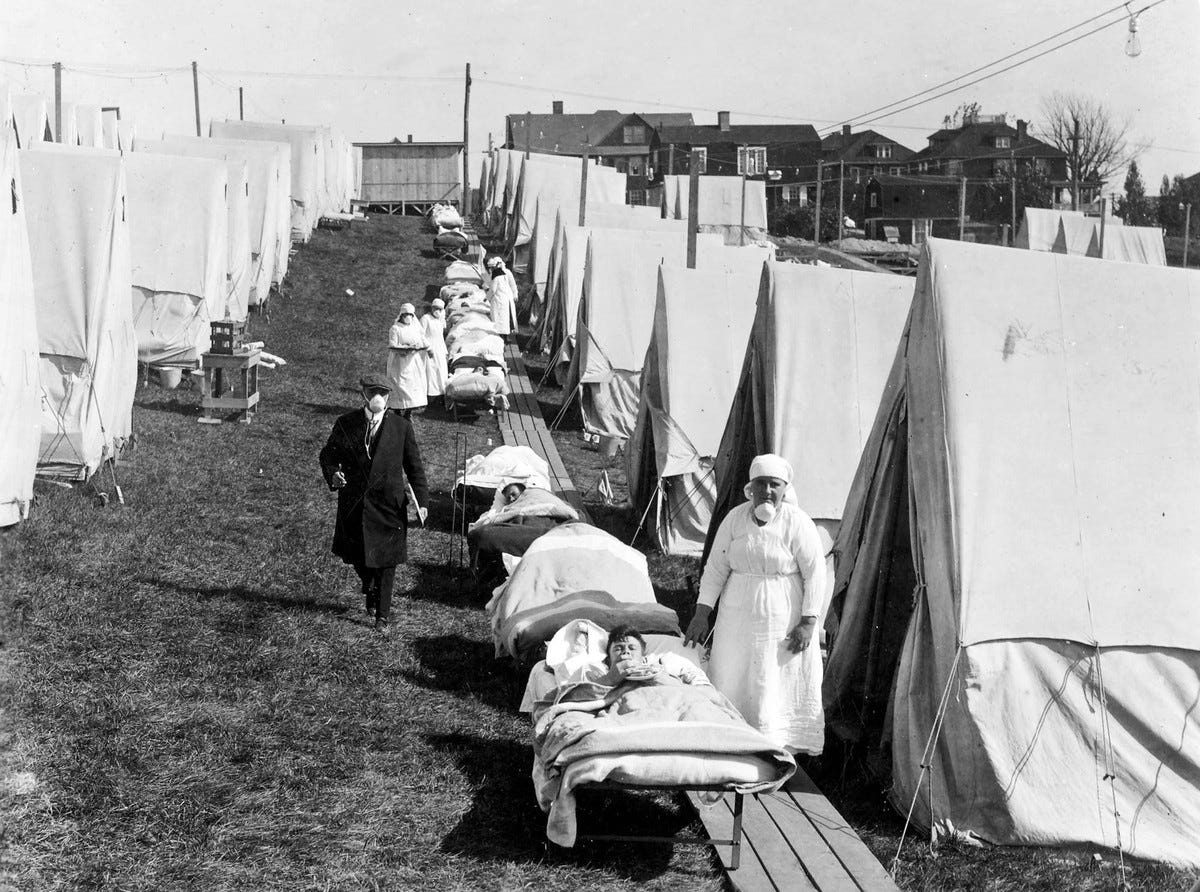To: daniel1212
Related:
Sunlight Destroys (Wuhan) Virus Quickly. Yahoo News ^ | 4-18-2020 | Winter and Weinberger. Sunlight destroys virus quickly, new govt. tests find, but experts say pandemic could last through summer. Preliminary results from government lab experiments show that the coronavirus does not survive long in high temperatures and high humidity, and is quickly destroyed by sunlight, providing evidence fromcontrolled tests of what scientists believed — but had not yet proved — to be true...Simulated sunlight “rapidly killed the virus in aerosols,” the briefing says, while without that treatment, “no significant loss of virus was detected in 60 minutes.”
Coronavirus and the Sun: a Lesson from the 1918 Influenza Pandemic . Put simply, medics found that severely ill flu patients nursed outdoors recovered better than those treated indoors. A combination of fresh air and sunlight seems to have prevented deaths among patients; and infections among medical staff. `Open-Air’ Treatment in 1918 During the great pandemic, two of the worst places to be were military barracks and troop-ships. Overcrowding and bad ventilation put soldiers and sailors at high risk of catching influenza and the other infections that often followed it.[2,3] As with the current Covid-19 outbreak, most of the victims of so-called `Spanish flu’ did not die from influenza: they died of pneumonia and other complications.
 (https://medium.com/@ra.hobday/coronavirus-and-the-sun-a-lesson-from-the-1918-influenza-pandemic-509151dc8065)
(https://medium.com/@ra.hobday/coronavirus-and-the-sun-a-lesson-from-the-1918-influenza-pandemic-509151dc8065)
2 posted on
05/10/2020 4:58:14 AM PDT by
daniel1212
(Trust the risen Lord Jesus to save you as a damned and destitute sinner + be baptized + follow Him)
To: daniel1212
MIT study:
Subways a ‘major disseminator’ of coronavirus in NYC New York Post ^ | 15 April 20 | David Meyer A new study argues that city subways and buses were a “major disseminator” of the coronavirus in the Big Apple. The paper, by MIT economics professor and physician Jeffrey Harris, points to a parallel between high ridership “and the rapid, exponential surge in infections” in the first two weeks of March — when the subways were still packed with up to 5 million riders per day — as well as between turnstile entries and virus hotspots. “New York City’s multitentacled subway system was a major disseminator — if not the principal transmission vehicle — of coronavirus infection during the initial..
The Effects of Temperature and Relative Humidity on the Viability of the SARS Coronavirus... In the present study, we have demonstrated that SARS CoV can survive at least two weeks after drying at temperature and humidity conditions found in an air-conditioned environment. The virus is stable for 3 weeks at room temperature in a liquid environment but it is easily killed by heat at 56°C [132.8] for 15 minutes [9]. This indicates that SARS CoV is a stable virus that may potentially be transmitted by indirect contact or fomites. These results may indicate that contaminated surfaces may play a major role in transmission of infection in the hospital and the community.
In this study, we showed that high temperature at high relative humidity has a synergistic effect on inactivation of SARS CoV viability while lower temperatures and low humidity support prolonged survival of virus on contaminated surfaces. The environmental conditions of countries such as Malaysia, Indonesia, and Thailand are thus not conducive to the prolonged survival of the virus. In countries such as Singapore and Hong Kong where there is a intensive use of air-conditioning, transmission largely occurred in well-air-conditioned environments such as hospitals or hotels. Further, a separate study has shown that during the epidemic, the risk of increased daily incidence of SARS was 18.18-fold higher in days with a lower air temperature than in days with a higher temperature in Hong Kong [24] and other regions [15–17].
3 posted on
05/10/2020 5:04:51 AM PDT by
daniel1212
(Trust the risen Lord Jesus to save you as a damned and destitute sinner + be baptized + follow Him)
FreeRepublic.com is powered by software copyright 2000-2008 John Robinson
 (https://medium.com/@ra.hobday/coronavirus-and-the-sun-a-lesson-from-the-1918-influenza-pandemic-509151dc8065)
(https://medium.com/@ra.hobday/coronavirus-and-the-sun-a-lesson-from-the-1918-influenza-pandemic-509151dc8065)